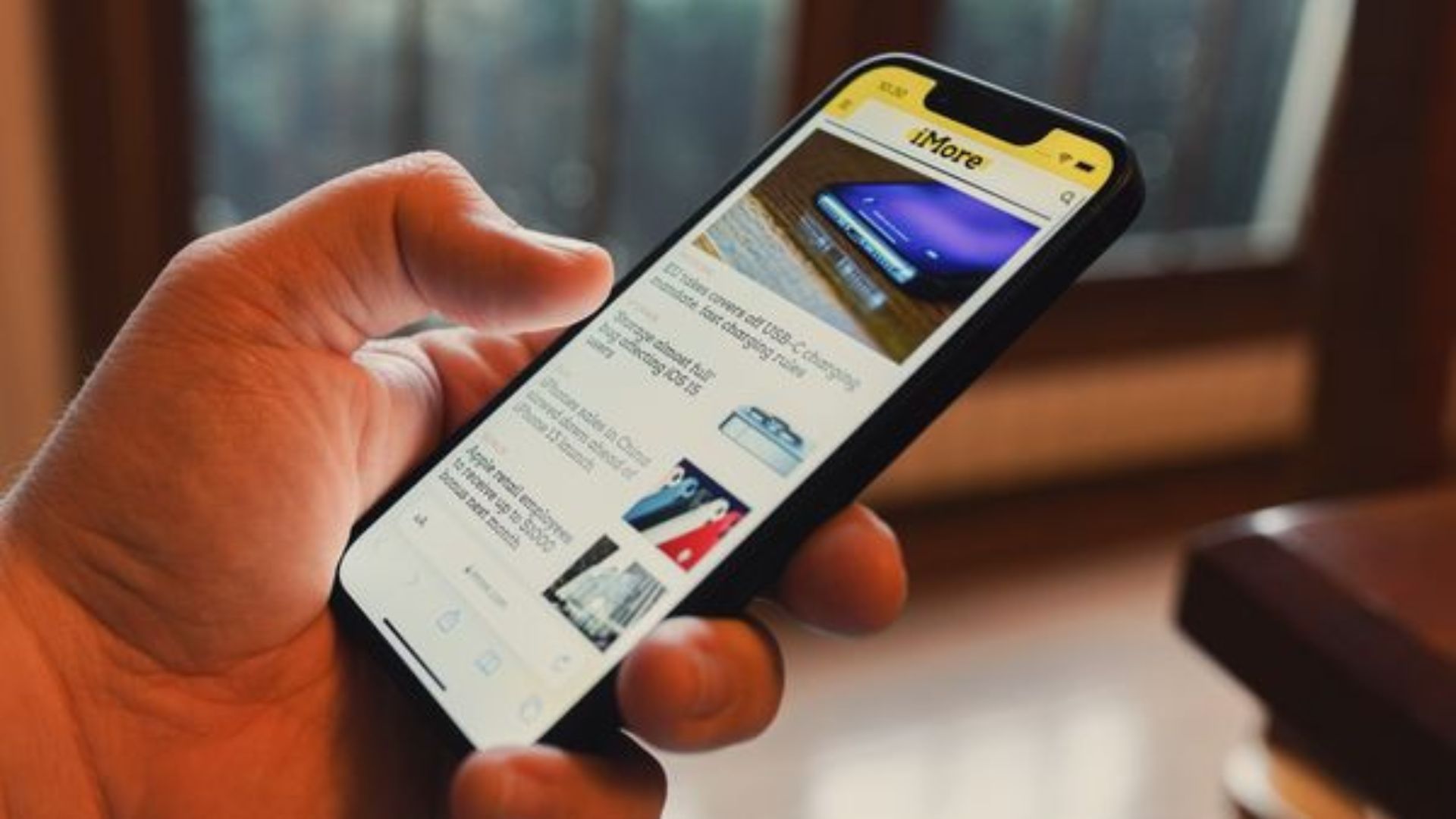What you need to know
- Microsoft Translator Pro is a new application that is designed to “dismantle language barriers in the workplace.”
- The app supports real-time translation and simultaneous real-time transcription.
- Speech-to-speech translation runs on-device and does not require an internet connection.
- Microsoft Translator Pro is in public preview but is currently limited to iOS.
A new app from Microsoft aims to “dismantle language barriers in the workplace.” Microsoft Translator Pro, which is now available in public preview on iOS, supports speech-to-speech translation in real time. The app can also show a transcript while translating speech to speech. Microsoft announced the app this week and shared an example of it in use on an Azure AI services blog.
Microsoft Translator Pro is a paid app that’s available on the commercial cloud platform. If you are an enterprise customer, you can fill out a form to request access to Microsoft Translator Pro.
Microsoft outlined the core features of Microsoft Translator Pro in a support document:
- Eliminate language barriers. Real-time speech-to-speech translation allows seamless communication between individuals speaking different languages.
- Unified efficient experience. Both transcription and translation can be viewed or heard simultaneously on a single device, ensuring smooth and efficient conversations.
- Offline usage capability. The app’s speech-to-speech translation capability can be utilized without an internet connection in limited languages, maintaining productivity without interruption.
- Full administrator control. Your enterprise IT administrator has extensive control over the app’s deployment and usage within your organization. Administrators can fine-tune settings to manage conversation history, audit trails, and diagnostic logs. Additionally, administrators have the ability to disable history or configure the automatic exportation of the history to cloud storage.
- Enterprise-grade security. Microsoft Translator Pro ensures exceptional translation quality paired with robust security features. Recognizing that privacy and security are paramount for your organization, administrators can sign in to the app using organizational credentials. Your organization’s conversational data remains entirely protected within your Azure tenant. Not Microsoft or any third parties can access your data.
Enterprise-grade security and full admin control make Microsoft Translator Pro stand out from its non-pro counterpart. Organizations are likely hesitant to have entire conversations recorded by apps built for general consumers. The enterprise focus of Microsoft Translator Pro makes the app usable within professional environments.
Translation is a major focus of Microsoft’s these days. The tech giant announced several new translation features for Teams earlier this week at Ignite 2024. Real-time translation helps improve accessibility and communication, both of which are priorities for Microsoft.
Translation technology has come a long way over the last decade. I remember testing Skype Translator when it was in beta in 2015. Back then, real-time translation was choppy and did not feel native. Of course, it was in beta back then, so that was to be expected. While translator tech cannot replace a human interpreter, even in 2024, the technology has improved dramatically and is usable in real-world situations.
Why is Microsoft Translator Pro exclusive to iOS?
Microsoft did not share why Microsoft Translator Pro is only available on iOS. It is normal for developers to work on an iOS app before an Android one because of the unified nature of Apple’s mobile platform. That being said, an app designed to improve communication and accessibility should be available on all major mobile platforms. Hopefully, Microsoft will release an Android app after Microsoft Translator Pro makes it through public preview.
I thought for a moment that the feature may require Apple Intelligence, which would explain its exclusivity to iOS, but that does not appear to be the case. Microsoft Translator Pro only requires a device to be on iOS 15 or newer, while Apple Intelligence requires iOS 18.1 or newer.





